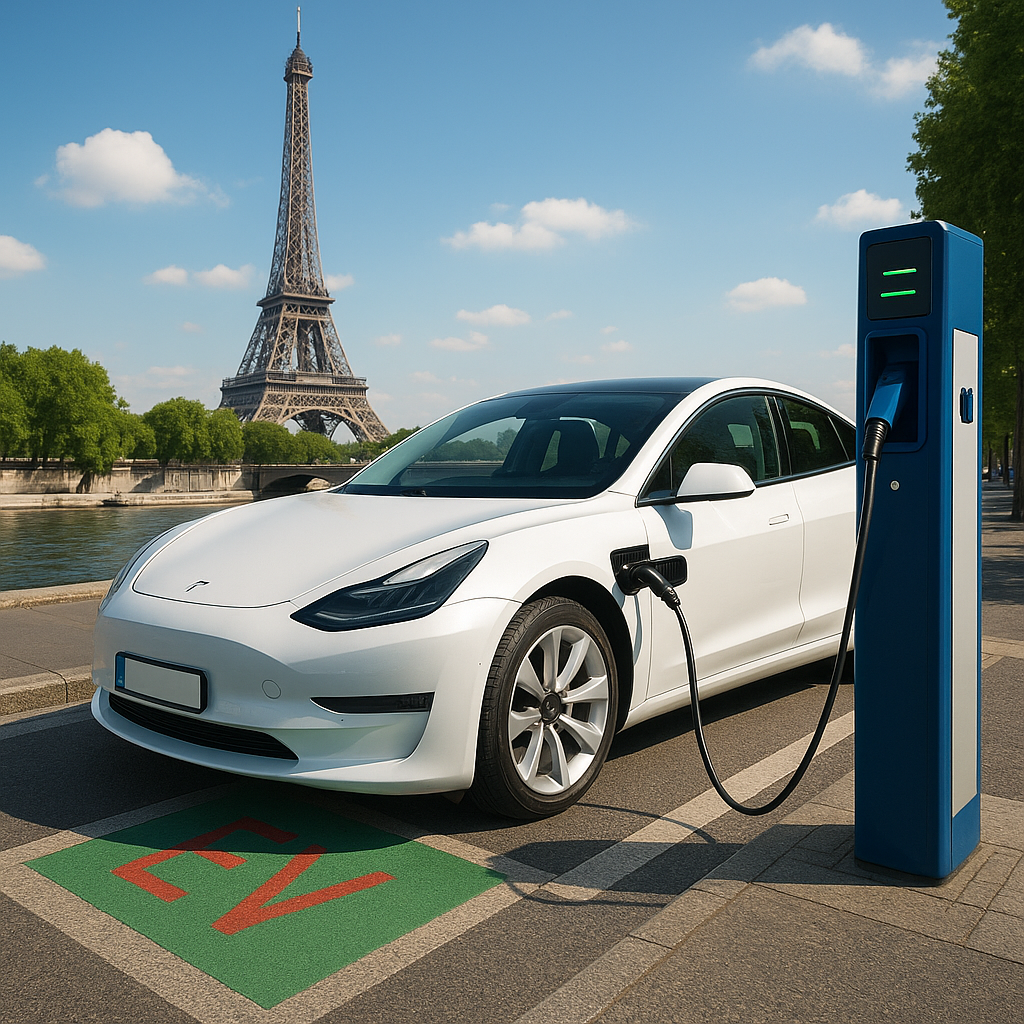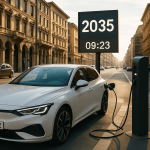A cross-continental journey by electric vehicle is no longer a daring experiment—today it can be a seamless adventure that mixes stunning scenery, cultural variety, and emissions-free driving. With Europe’s dense charging network and harmonized road regulations, an EV road trip can rival (or surpass) traditional combustion-engine travel. Still, success hinges on smart planning. From route design and charging strategy to border formalities and payment roaming, this guide walks you through every step of the ultimate European EV expedition.
Mapping the Route: Range, Highlights, and Flexibility
Begin with realistic daily distance targets that match your vehicle’s effective range—typically 300–450 km on modern EVs. Prioritize scenic corridors such as Germany’s Romantic Road, France’s Route des Grandes Alpes, or the fjord routes of Norway. Use multi-charger planners like A Better Routeplanner (ABRP) or Chargemap, which factor elevation, weather, and speed into consumption estimates. Always add a margin (10–15 %) for unexpected detours or traffic jams.
Selecting Charging Networks and RFID Roaming
Europe hosts a patchwork of charging providers—IONITY, Fastned, EnBW, TotalEnergies, Circle K, Aral Pulse—yet most accept a single RFID card or app via roaming platforms such as Plugsurfing, Shell Recharge, or ChargePoint. Order at least two roaming cards before departure to avoid “no-access” surprises. For Tesla owners, the Supercharger network now supports many non-Tesla vehicles with a CCS adapter in most countries, adding a high-power safety net to your plan.
Understanding Plug Standards and Power Levels
CCS 2 is Europe’s dominant DC fast-charging standard, delivering up to 350 kW; CHAdeMO lingers primarily in southern Europe for older Nissan Leafs and Mitsubishi Outlanders. Bring a Type 2 cable for AC destination charging (11–22 kW). If you’re renting an EV, confirm that the cable kit includes both Mode 2 (portable Schuko) and Mode 3 (Type 2) leads.
Cross-Border Payments and Dynamic Pricing
Charging tariffs vary by provider—per-kWh, per-minute, or session flat fees. In Scandinavia and Germany dynamic pricing tied to wholesale electricity costs is increasingly common. Use apps that display real-time rates and support Apple Pay or Google Pay for effortless checkout. Beware of idle fees at high-power chargers (typically €0.40–€1.00/min) if you overstay after reaching 100 %.
Navigating Tolls, Vignettes, and Low-Emission Zones
France, Italy, and Spain rely on pay-as-you-go toll booths. Switzerland, Austria, and Czechia require prepaid vignettes (digital or windshield). Many urban centers—London (ULEZ), Paris (Crit’Air), Milan (Area C)—offer EV discounts or exemptions, but registration in advance may be mandatory. Keep vehicle documents handy and store digital copies in your phone for spot checks.
Accommodation With Charg ers: Maximizing Overnight Downtime
Book hotels or Airbnbs advertising “EV charging” on platforms like Booking.com’s “Electric vehicle charging station” filter or Airbnb’s “EV charger” amenity. An 11 kW overnight top-up typically restores 300+ km, eliminating morning fast-charging stops. In rural regions, agritourismos or alpine lodges increasingly install wallboxes to attract eco-tourists.
Temperature and Terrain Considerations
Mountain passes, Baltic winters, and Iberian heat waves all influence consumption. Use pre-conditioning via the vehicle app to heat or cool the cabin while still plugged in. Enable “battery pre-warm” before DC sessions in cold climates to maximize charge speed. Descents through the Alps or Pyrenees can regenerate up to 15 % battery—factor this “free energy” into range estimates.
Language Barriers and Support Lines
Most charger screens default to English, but regional support numbers vary. Store customer-service hotlines for your main roaming providers. Google Translate’s camera mode can decode on-site instructions in a pinch.
Sample Seven-Country Itinerary
Start in Amsterdam, head southeast through Cologne’s Rhine valley, cross the Black Forest to Zurich, climb the Gotthard Pass into Milan, traverse the Côte d’Azur to Barcelona, sprint up to Toulouse for aeronautical museums, and finish with a Loire-Valley château loop back to Paris. Total distance: ~3,200 km, requiring about nine fast-charging stops (20–30 min each) for a 77 kWh crossover.
Conclusion
An electric grand tour of Europe is entirely feasible—and exhilarating—when you blend strategic planning with the continent’s ever-growing charging infrastructure. Equip yourself with dual roaming cards, flexible routing apps, and overnight charging accommodations, and you’ll glide across borders with minimal downtime and zero tailpipe emissions. The open road awaits, silently powered by electrons.



seeing all the sights! book it now! 👍👍👍
Im lowkey thinkin of a trip too ..so like, hod yours go? did you actually pull it off? any pointers?😅
lol ev euro roadtrip is sooo epic 👍👍👍ready 2 roll?
Heh, main thing is go up-down, not sideways.🤣🤣😂
so pumped for ev europe trip!👍